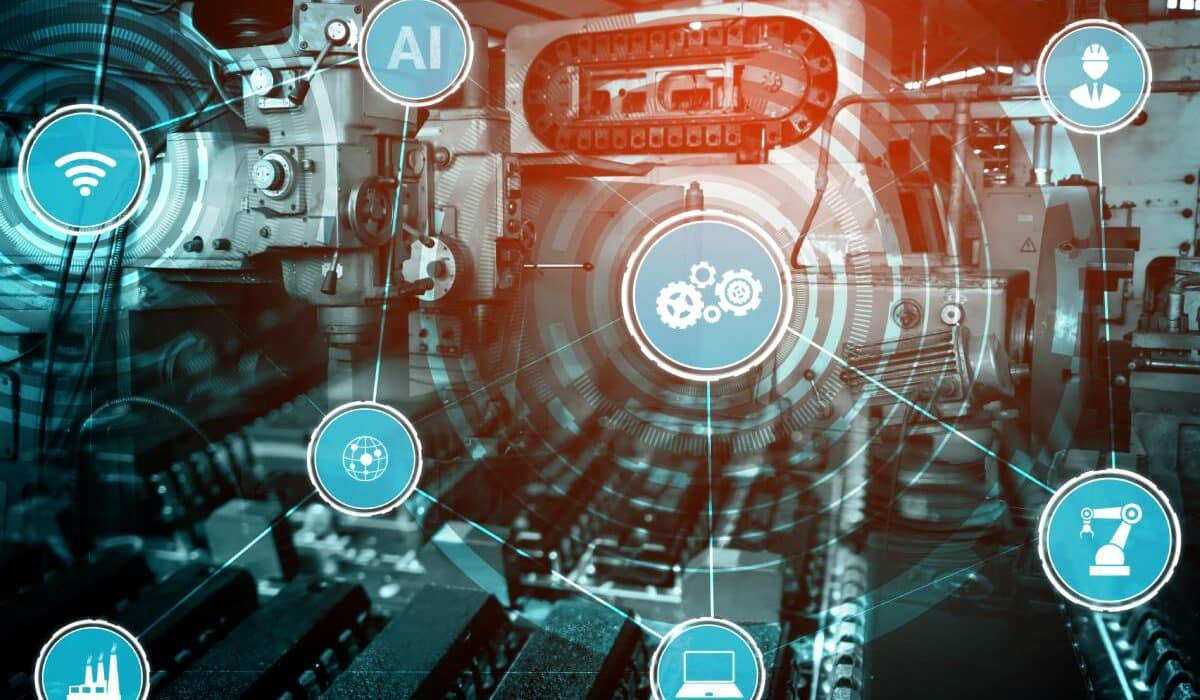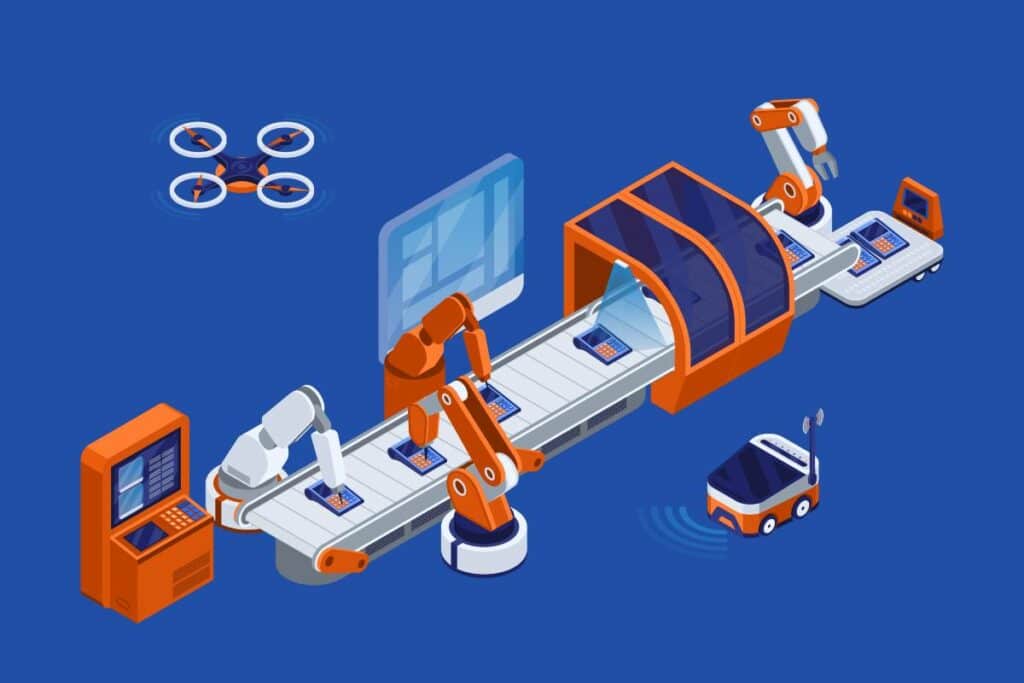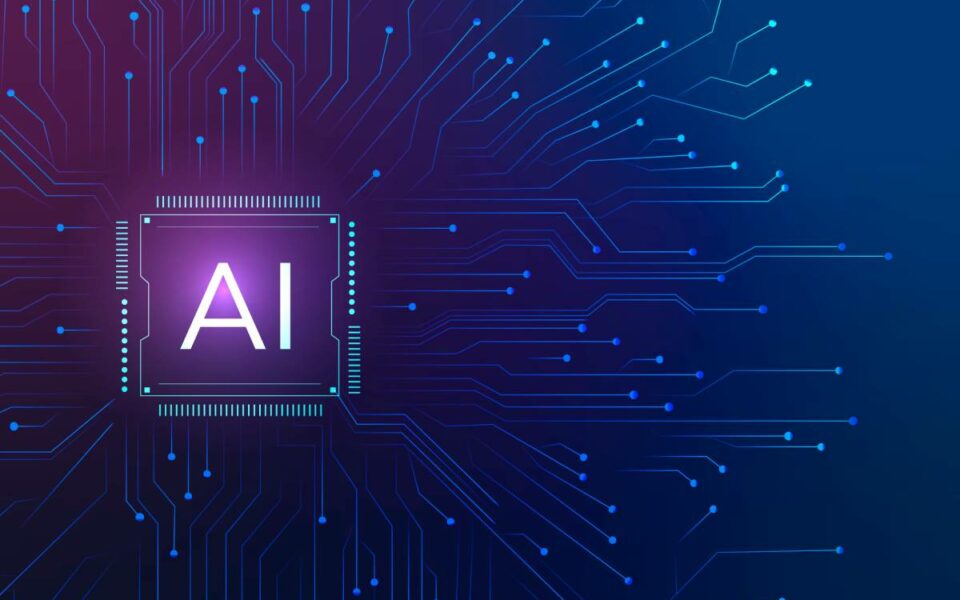
Creating Mobile Applications from Scratch
10 October 2025
Data Mesh vs Data Fabric – Comparing Approaches to Data Management
24 October 2025
What are AI agents (and how they differ from chatbots)
AI agents are software entities that can perceive their environment, reason about it, and act to achieve explicit goals with varying levels of autonomy. Unlike traditional chatbots, which simply respond to user prompts within the limits of predefined scripts or conversation windows, agents are designed to operate proactively.
They can plan multi-step tasks, call external tools or APIs, manage data workflows, and adapt to feedback over time. This makes them more like digital co-workers than passive assistants. For example, while a chatbot may answer a customer query about shipping, an agent can not only provide the answer but also check inventory systems, update CRM records, and trigger a notification to logistics teams – all without human intervention.
Key implications:
- Shift from passive to active AI: Agents no longer wait for instructions but can initiate actions within defined boundaries.
- Unattended execution: They can run autonomously for bounded tasks, provided proper governance and safety rails are in place.
The agentic loop: perceive → reason → act → learn
Most agent-based systems follow a continuous cycle often called the agentic loop:
- Perceive: Agents gather data from multiple inputs – sensors, logs, APIs, or documents. This forms their understanding of the current state.
- Reason: Based on inputs, they plan next steps, break down complex problems into subtasks, and decide which tools or methods to use.
- Act: Execution can take many forms: calling APIs, updating databases, running scripts, sending alerts, or interacting with enterprise applications.
- Learn: Outcomes are evaluated. Agents update their memory or decision policies using feedback, allowing them to improve over time.
This loop enables agents to adapt to dynamic and unpredictable environments. Unlike prompt-only models that respond to one-off queries, agents can iterate, self-correct, and persist knowledge across tasks and sessions.
The anatomy of an agent: goals, memory, tools, reasoning
Well-designed agents are built around several core components:
- Explicit goals and constraints – define what “success” looks like. Without clearly framed objectives, even the most advanced agent may act inefficiently or undesirably.
- Memory (short- and long-term) – allows continuity across sessions. Short-term memory captures immediate context, while long-term memory helps agents learn from past interactions and improve future decision-making.
- Tool use – agents can access APIs, run code, or query databases. Tool integration transforms them from information providers into action-oriented systems.
- Reasoning and planning – the capacity to evaluate alternatives, create step-by-step strategies, and even critique or revise their own actions.
- Level of autonomy – ranging from guided (human-supervised) to fully autonomous, depending on the risk profile of the workflow.
Together, these elements create agents that are not just responsive but capable of independent problem-solving in complex systems.

Types of agents: reactive, model-based, goal-/utility-based, learning
Agent-based AI builds on classical AI taxonomies, which still map well today:
- Reactive (reflex) agents – follow simple rules, respond directly to stimuli, and maintain no internal state. Useful for straightforward, repetitive tasks.
- Model-based agents – keep an internal representation of the world, enabling them to simulate outcomes before acting. This allows better planning and error handling.
- Goal-based agents – focus on achieving defined objectives by searching and planning actions that lead toward those goals.
- Utility-based agents – weigh different outcomes and choose actions that maximize a measurable utility function (e.g., cost savings, time efficiency).
- Learning agents – continuously improve by incorporating experience and feedback, making them the most adaptive type.
This spectrum demonstrates how agents can evolve from simple responders to sophisticated learners embedded in enterprise ecosystems.
Single- vs. multi-agent systems and orchestration patterns
- Single agents excel at handling well-defined, narrow tasks. For example, a finance agent may automate invoice processing from end to end.
- Multi-agent systems (MAS) combine specialized roles into a collaborative environment. One agent may plan a workflow, another execute code, another test results, and yet another review or critique the outcome.
An orchestrator coordinates these roles, resolving conflicts and managing resources. This structure mirrors human organizations, where specialized roles achieve more when working together.
Typical orchestration patterns include:
- Plan–Execute–Critique (PEC): A planner proposes steps, an executor runs them, and a critic evaluates the results.
- Debate/consensus models: Multiple agents propose solutions and converge on the most reliable answer.
- Supervisor oversight: A higher-level agent ensures system stability, monitors performance, and prevents runaway loops or inefficient tool use.
The multi-agent approach often leads to greater reliability, scalability, and division of labor, provided strong oversight is in place.

Reasoning paradigms (ReAct, ReWOO) and data strategies (RAG)
To achieve sophisticated reasoning, agents increasingly use structured paradigms:
- ReAct (Reason + Act): Combines reasoning with immediate actions and observations, enabling problem-solving through trial and correction. Particularly effective in multi-step tasks where context shifts rapidly.
- ReWOO (Reason Without Observation): Plans first without depending on intermediate outputs. Once the plan is finalized, the agent executes it. This improves transparency, reduces unnecessary steps, and can cut latency and costs.
- RAG (Retrieval-Augmented Generation): Expands the agent’s knowledge by pulling relevant information from enterprise databases, vector search systems, or document catalogs. This keeps responses grounded in current and domain-specific data rather than relying solely on training knowledge.
These paradigms enhance the robustness, efficiency, and trustworthiness of agent operations in business settings.
Security, governance, and risk management for agents
With autonomy comes risk. Agents can access APIs, process sensitive data, and make changes in real systems. Without safeguards, they could be exploited or misused.
Best practices for safe deployment include:
- Least-privilege access: Agents should only have the permissions strictly required to complete their tasks.
- Secrets isolation and allow-lists: Prevent unauthorized access to sensitive credentials or functions.
- Human-in-the-loop for critical actions: High-impact decisions (e.g., financial transactions, patient records) should require human approval.
- Action logs and provenance tracking: Every tool call and decision must be auditable to ensure accountability.
- Policy gates and kill-switches: Filters, escalation paths, and emergency stop mechanisms allow organizations to regain control quickly.
Robust governance frameworks are essential to scale agent-based AI responsibly across industries.
Enterprise use cases across industries
Agent-based AI is not just theoretical — adoption is already underway.
- Customer operations: Automated ticket triage, CRM updates, and proactive retention activities.
- Finance: Fraud detection, risk modeling, and algorithmic trading under human guardrails.
- Healthcare: Care-path orchestration, clinical decision support, and longitudinal patient data integration.
- Manufacturing and IoT: Predictive maintenance, supply chain event handling, and production optimization.
- Retail: Personalized customer journeys, demand forecasting, and real-time promotion optimization.
These applications demonstrate how agents bring efficiency, precision, and scalability across sectors where workflows are repetitive, data-rich, and outcome-driven.
How to get started (checklist, KPIs, ROI)
Readiness checklist:
- Identify a workflow with clear goals and measurable outcomes.
- Map available tools, APIs, and data sources.
- Define guardrails (permissions, rate limits, human escalation).
- Establish AgentOps practices: monitoring, replay, and evaluation frameworks.
- Pilot the solution, measure results, and prepare rollback options.
Key KPIs to track:
- Task success rate and accuracy.
- Human intervention frequency.
- Autonomy score (steps completed independently).
- Latency and cost per task.
- Domain-specific quality metrics (e.g., fraud detection precision, NPS improvement).
ROI framing:
Compare automated throughput, SLA adherence, and error reduction against baseline manual performance. This provides a business case for scaling.
Build vs. buy: selecting frameworks and vendors
Organizations face a strategic choice:
- Build: Offers customization and intellectual property control. Teams can use frameworks like LangChain, AutoGen, or CrewAI to design tailored agents and orchestrators.
- Buy: Faster time-to-value with managed governance and security features already built in. Vendors often provide plug-and-play orchestration layers with monitoring and compliance baked in.
- Hybrid approach: Many enterprises combine custom-built agents with vendor-provided guardrails to balance flexibility with safety.
The decision depends on an organization’s maturity, resources, and risk appetite.
Summary
Agent-based AI represents a paradigm shift from static, prompt-only interactions toward goal-directed autonomy. The organizations that will succeed are those that combine sound orchestration, robust governance, and measurable outcomes.
The pragmatic path is to start small: identify one workflow, implement guardrails, measure success, and scale gradually. This ensures value capture without losing control.
FAQ
What’s the difference between an agent and a chatbot?
Chatbots respond within a conversational turn, while agents plan, call tools, and execute multi-step tasks with memory and feedback.
Do we need multiple agents?
Not always. Multi-agent setups are valuable for complex tasks requiring division of labor and peer review, but they introduce orchestration complexity. Many organizations begin with a single-agent deployment.
How do we keep agents safe?
Use least-privilege access, audit logs, human oversight for high-impact tasks, and enforce policies through security posture management.
Which industries benefit most today?
Customer operations, finance, healthcare, manufacturing/IoT, and retail are showing the strongest adoption, thanks to their repetitive, API-rich workflows.


